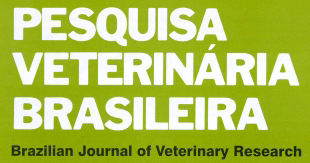Coati is an omnivorous animal, found throughout of Brazil. The reproduction of this species occurs only once a year during spring. Females are matriarchs and nurse their young until 5 months old, living with their young in groups of up to 30. For morphological description of the mammary gland Nasua nasua six animals were used coming from the hatchery Scientific (Cecrimpas), Unifeob. Authorized by IBAMA (Proc. 02027.002322/98-99). For the macroscopic analysis one animal was injected with neoprene latex, was injected into the femoral artery with red latex and the jugular vein with blue colored one. The others animals were fixed in a 10% aqueous solution of formaldehyde. For microscopic analysis, glandular fragments were collected and submitted to routine process, embedded in paraffin and stained with hematoxylin and eosin, toluidine blue and picrossirius. Macroscopically were evidenced three pairs of mammary glands, two pairs positioned in the abdominal region and one pair in the inguinal region. Microscopically, was found a simple epithelium lining external mammary papillae, keratinized stratified epithelium, which continued throughout the gland. At the entrance of the papillae ostium the epithelium of the epidermis was modified occurring a transition from stratified epithelium to cubical epithelium into the papillary duct. The glandular parenchyma was characteristically alveolar with secretory cells observed predominantly in the lactating female. The macroscopic and microscopic results are similar to those already described in bitches (Cannis familiaris) and Procyon cancrivorus belonging to the same family of coati, the family Procyonidae.
Coati; Nasua nasua; mammary gland; mammary papilla





